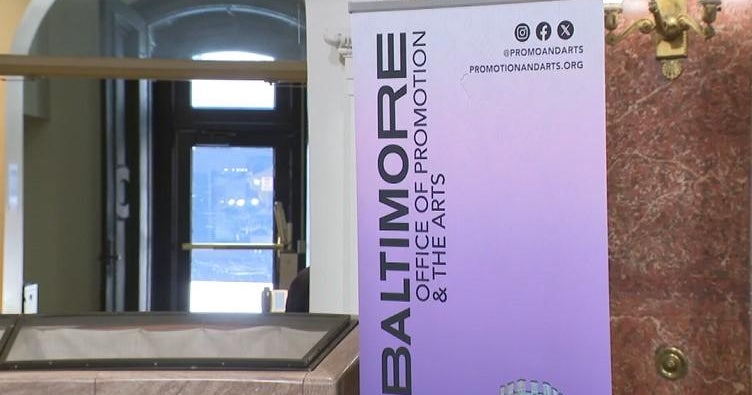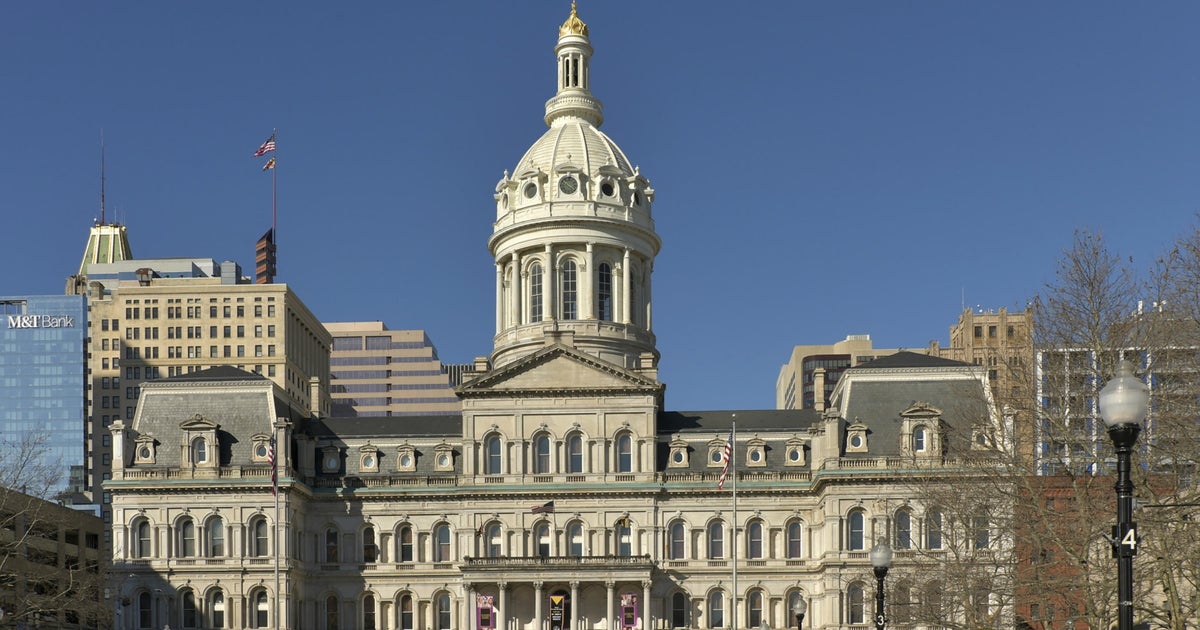Ocean City at risk: Rising sea levels threaten Maryland's summer getaway
OCEAN CITY -- Ocean City is home to about 8,000 full-time residents and attracts about 8 million visitors each year.
"The town is completely built up. It's a big party scene in the summer," Ocean City resident Scott Housten said.
Ocean City serves as Maryland's annual summer getaway.
"There's a long history of tourism down here. People who bring their children down here who have a week or two at the beach and get exposed to an environment they're not used to where they live otherwise," longtime coastal resident Kim Abplanalp said.
The resort town is also at risk of changing dramatically in the coming decades due to the threat of rising sea levels.
"This is happening all around the United States, particularly on these coastlines that are really vulnerable—and we're one of them. We're already at sea level," Abplanalp said. "One of the things I think we're seeing now is just the acceleration from when I was a kid, you know?"
The beach, coastal inlets, and ecosystems that rely on islands and marshlands are all at risk from rising seas and a warming climate.
"It's shocking, but it's predictable because we are warming. I mean, this was the hottest year on record for the planet. And, that's not sustainable. Things are going to melt. Sea levels are gonna rise," Housten said. "It's happening so slow now that people don't really notice it. Because, it's just a little bit a year, a little, tiny bit. But, I think it's going to take a big event where lots of people are impacted for anybody to really put it on their radar."
A 2023 report from a group of scientists with the University of Maryland Center for Environmental Science and the Maryland Commission on Climate Change shows sea levels will "almost certainly rise as much in the first half of this century as it did during the entire last century."
"We can't stop sea level rise, because the ice is starting to melt, but we can limit its growth," former UMCES President Dr. Donald Boesch, the chair of the expert group, said. "What's the lowest lying land here? The beaches. So, those beaches and barrier islands are an immediate threat."
The report lists multiple scenarios of sea level rise at various locations across Maryland based on global greenhouse gas emissions.
In Ocean City, sea levels could rise anywhere between 1.94 feet and 4.55 feet by 2100, depending on emissions scenarios.
"It's not a question of 200 years from now. It's a question of 70 or 80 years from now," Dr. Boesch said.
Data from the United States Geological Survey show coastal change likelihood over the next decade. The USGS interactive map shows much of Ocean City's beaches and bayside marshlands will likely change.
"We are very much facing, in the coming decades, we as a modern civilization have not experienced before," USGS research geologist Dr. Erika Lentz said. "In the next 30 years, we're expecting to see a century's worth of sea level rise increase."
Dr. Lentz points out not all change is inherently bad—coasts and shorelines are constantly changing. But, WJZ's exclusive data analysis reveals at least $1.2 billion worth of property in Worcester County has a higher chance of changing compared to surrounding areas over the next decade due to hazards along the coast, including rising sea levels and erosion.
"Coasts are more heavily developed than ever, so you get those big numbers from assessments like this," Dr. Lentz said.
Dr. Boesch said sea level rise has "enormous economic consequences." His report shows more than 100 Maryland communities "may be at risk of chronic inundation from sea-level rise and storm surges by the end of the century."
"Loss of agricultural lands, loss of infrastructure we have along the shorelines, the need to bolster those," Dr. Boesch said. "All of those are tremendously costly."
Rising sea levels and the warming climate bring more severe storms and more frequent flooding, as well.
"I think some people are in denial about it or they're thinking it's not that bad, or it hasn't affected them yet," Abplanalp said. "They're going to have to get on board one way or another because it's going to be right at the end of their face."
Maryland's Department of Natural Resources created a community-driven flood and storm reporting system called "MyCoast: Maryland" which allows people to report damage and storm events.
"Storms—and particularly the flooding from storms—give you a snapshot of where the shoreline wants to go," Dr. Lentz said.
Dr. Boesch says dredging projects to replenish Ocean City's beaches are only hitting a pause button on a fast-forward crisis.
"Is that sustainable? I mean, how many years can we keep pumping sand to keep those buildings from being put underwater?" Housten asked. "We can't bury our heads in the proverbial sand. Change is happening. We can't ignore it any longer."
For stories about rising sea levels across the country, and to watch the documentary 'On the Dot' please visit Arctic melting foreshadows America's climate future




